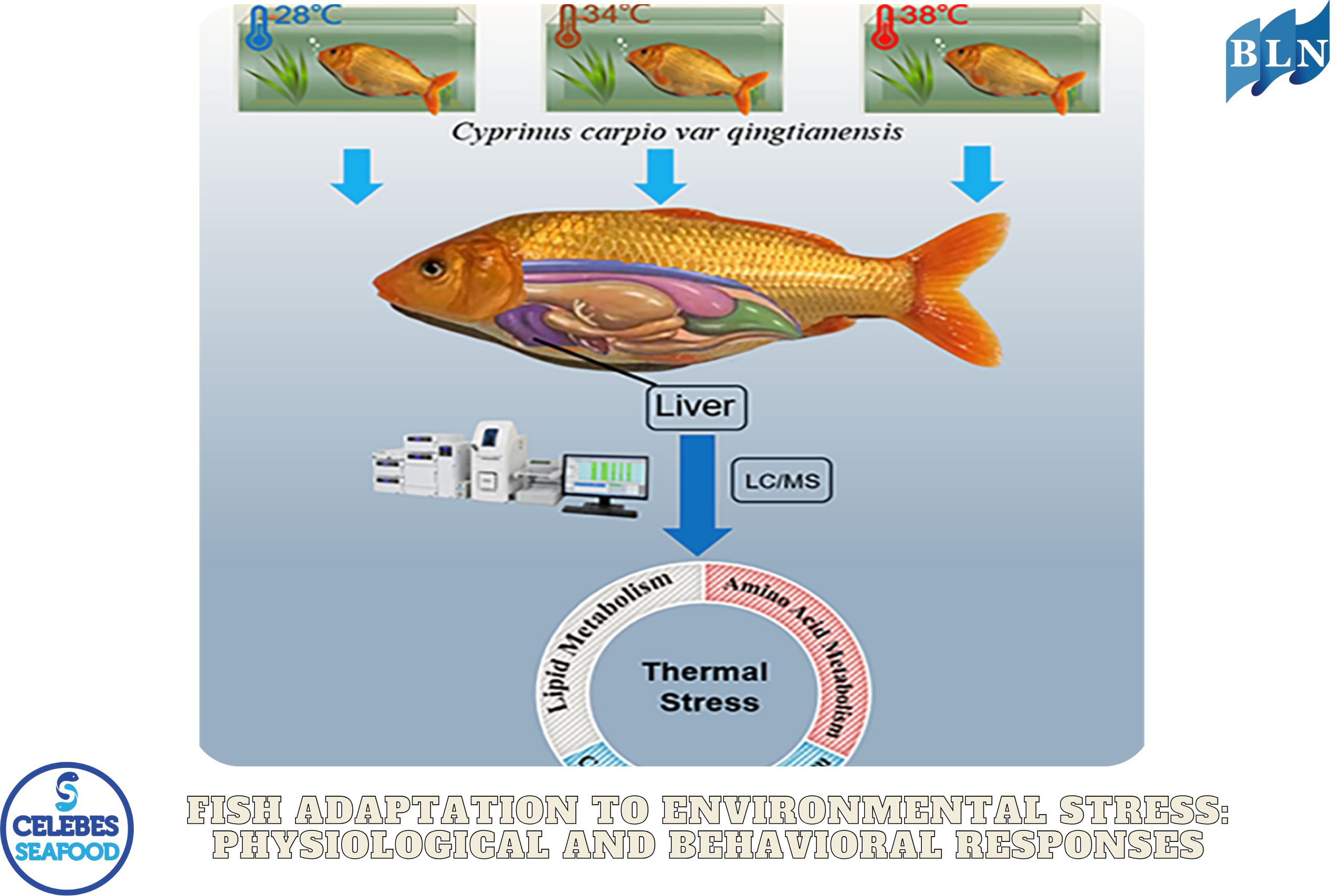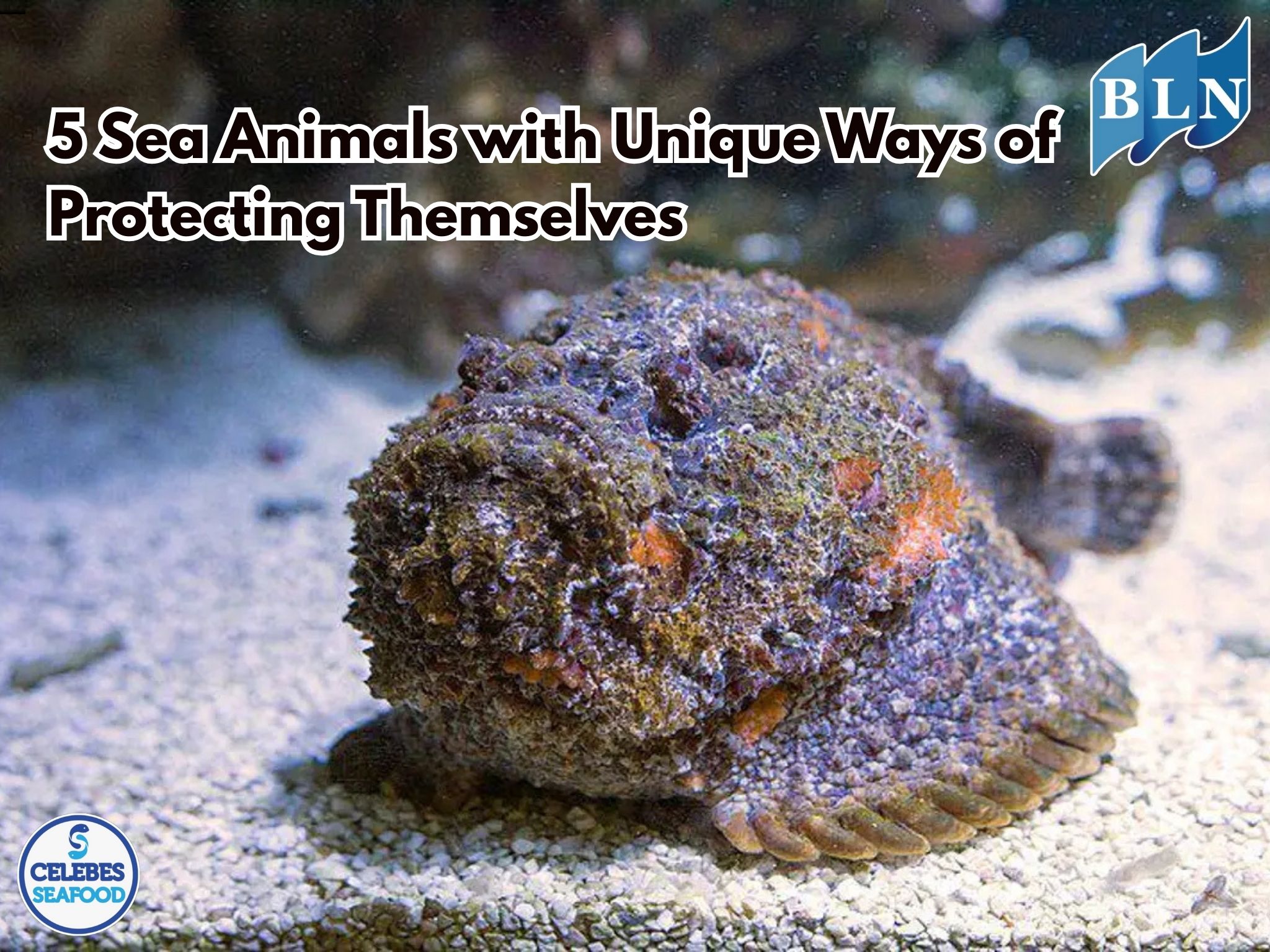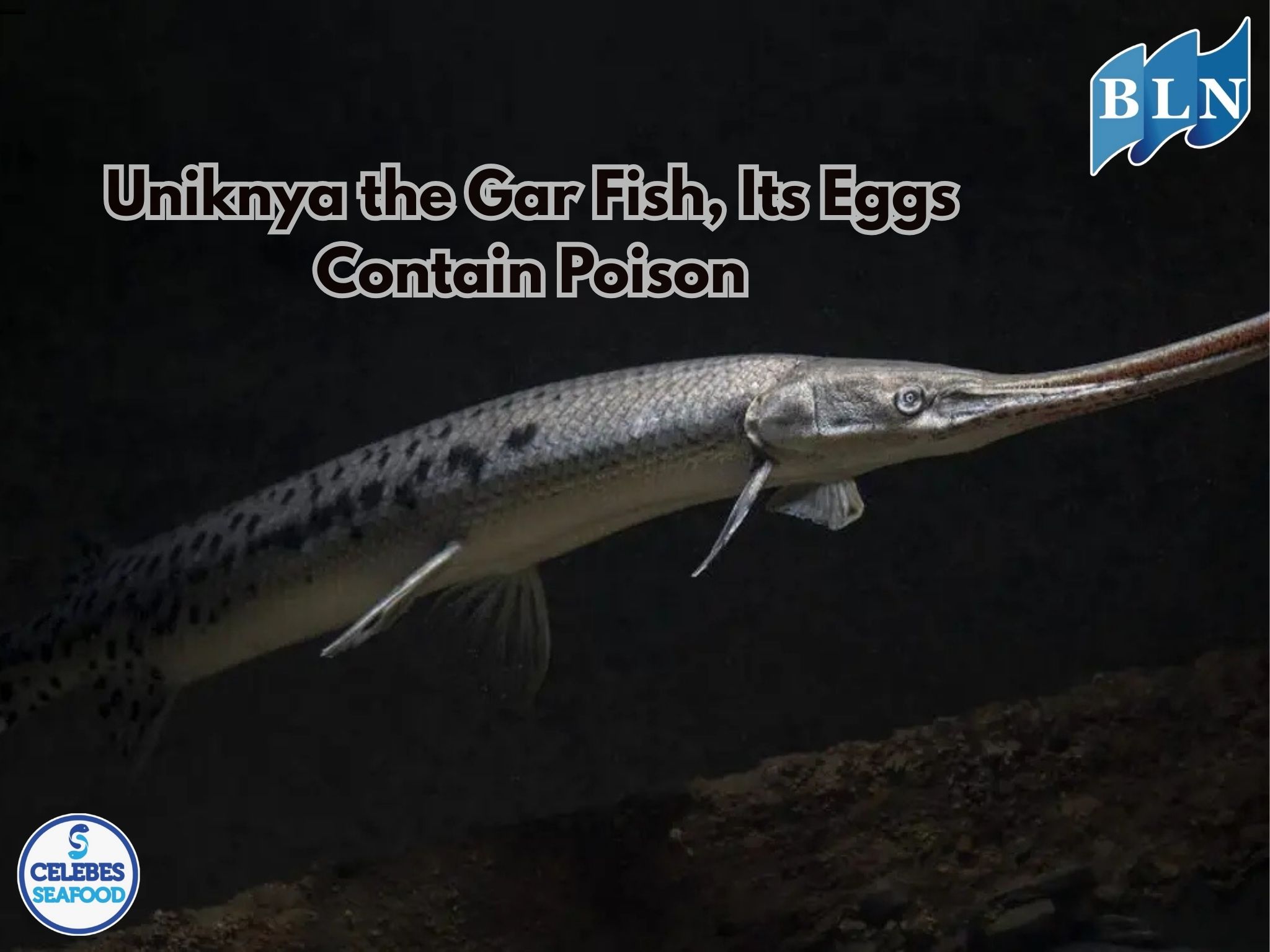Fish Adaptation to Environmental Stress: Physiological and Behavioral Responses
By. Azizah - 20 May 2025
lautnusantara.comFish, as aquatic organisms, live in dynamic environments that often undergo physical and chemical changes such as temperature fluctuations, salinity shifts, dissolved oxygen variation, and pollution. These changes can lead to stress that affects the physiology and behavior of fish. This article discusses various physiological and behavioral adaptation mechanisms used by fish to survive under environmental pressure. Physiological responses involve the endocrine system, osmoregulation, and metabolism, while behavioral responses include changes in feeding patterns, migration, and social activity. Understanding these responses is essential for sustainable fisheries and aquaculture management.
Introduction
Fish are a diverse group of vertebrates that have evolved to occupy various aquatic habitats. However, continuously changing aquatic environments can become sources of stress which, if prolonged, negatively affect fish health and survival. Stressors such as extreme temperatures, pollution, hypoxia (oxygen deficiency), and salinity changes require fish to adapt both physiologically and behaviorally to maintain homeostasis.
Physiological Responses to Stress
Physiological responses are internal adaptations that occur within the fish's body in response to stress. The key responses include:
-
Endocrine System Activation
Environmental stress activates the hypothalamic-pituitary-interrenal (HPI) axis, leading to the release of cortisol. Cortisol plays a vital role in boosting energy through glucose metabolism and helps regulate osmotic pressure and immunity. -
Osmoregulation
Salinity changes disturb ionic balance in the fish’s body. In response, fish enhance the activity of osmoregulatory enzymes such as Na⁺/K⁺-ATPase in the gills to maintain electrolyte balance. -
Metabolic Changes
Stress increases energy metabolism. Fish utilize energy reserves in the form of glycogen and fat to survive extreme conditions.
Behavioral Responses to Stress
In addition to physiological changes, fish display adaptive behaviors to minimize the impact of stress:
-
Feeding Behavior Changes
Stressed fish often show reduced appetite or shift their food preferences to obtain energy more efficiently. -
Migration
Some fish species migrate to more suitable habitats to escape unfavorable environmental conditions. -
Social Behavior and Aggression Modulation
Stress can affect social interactions, including reduced mating behavior or increased aggression as a dominance strategy in confined spaces.
Implications for Aquaculture and Conservation
Understanding fish adaptation mechanisms to stress is crucial for enhancing welfare in aquaculture and preserving wild fish populations. Strategies such as managing water quality, providing appropriate feed, and regulating population density can reduce stress and improve productivity.
If you are interested in our product Robinson Sea Bream Fillet Skin On please do not hesitate to contact us through email and/or whatsapp.



.jpg)




